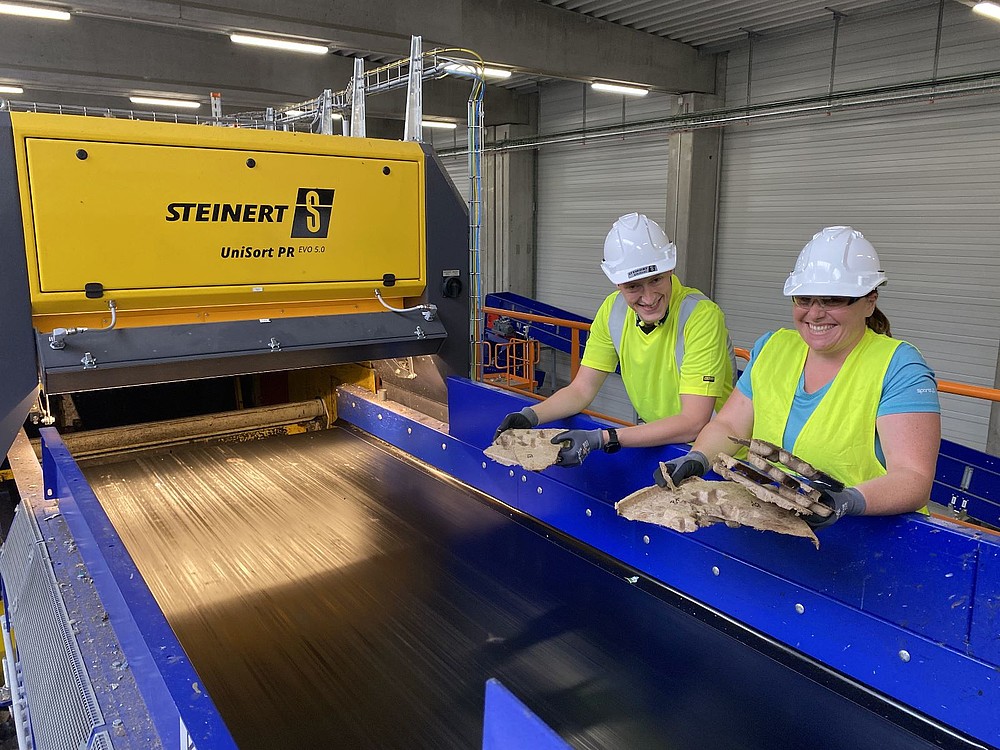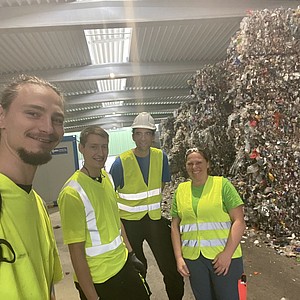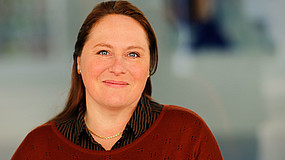Together with our practice partner Steiner Unisort GmbH, we are testing how new materials from the LaNDER³ project behave in a complex recycling plant.

In the recycling impulse projects, we are testing the sortability of the new natural fiber materials developed as part of LaNDER with various matrix materials. Which separation feature is suitable? How does the discharge work? What happens when the material passes through a wet process stage? We test this on a laboratory and pilot plant scale. The exciting question for us is how the new materials behave in the real waste stream.
The system has been built over the past two years and is now on the verge of its final performance run. The collection system for lightweight packaging was introduced in Belgium and now bottles, cups, cans and packaging are collected in blue bags and brought to SITEL in the Liège area. A fully automatic crane system transports the blue bags to the ripper and then the material flow enters the plant where it passes through various sieves, air separators, metal separators, ballistic separators and plastic sorting systems. Each of the 17 product streams can be checked again by hand at the end. The products are then pressed into bales and loaded for transportation to the recycler.
Here is the link to the construction process of the plant
The task for our practice partner was to prove the performance qualification of its sorting systems. High demands were placed on the PET products in particular. It is not always easy to distinguish between blue and gray bottles. Samples were taken and sorted by hand. After a few changes, a satisfactory product quality could be demonstrated in the end.
All equipment, belts, bunkers and presses have been installed and most of the process sequences have already been validated. As part of this phase, it was possible to carry out some tests with the materials made of natural fiber-reinforced plastics produced in Zittau. Are the materials detected and discharged as expected? Do the parts arrive at the "right" place in the system? -- We have tested this.
The LaNDER³ samples were fed at various points in the recycling process. As the samples were in flat shapes, the system components for shape sorting were not taken into account. As far as possible, the LaNDER³ samples were removed directly from the conveyor belt after the process step or at the product discharge. Despite all efforts, not all sample parts were returned to Zittau. An evaluation of the tests is now being carried out in detail at the HSZG.

Good luck to Eggersmann for the project completion and to our practice partner Steinter Unisort GmbH many thanks for the opportunity to carry out practical tests for our research materials.
”